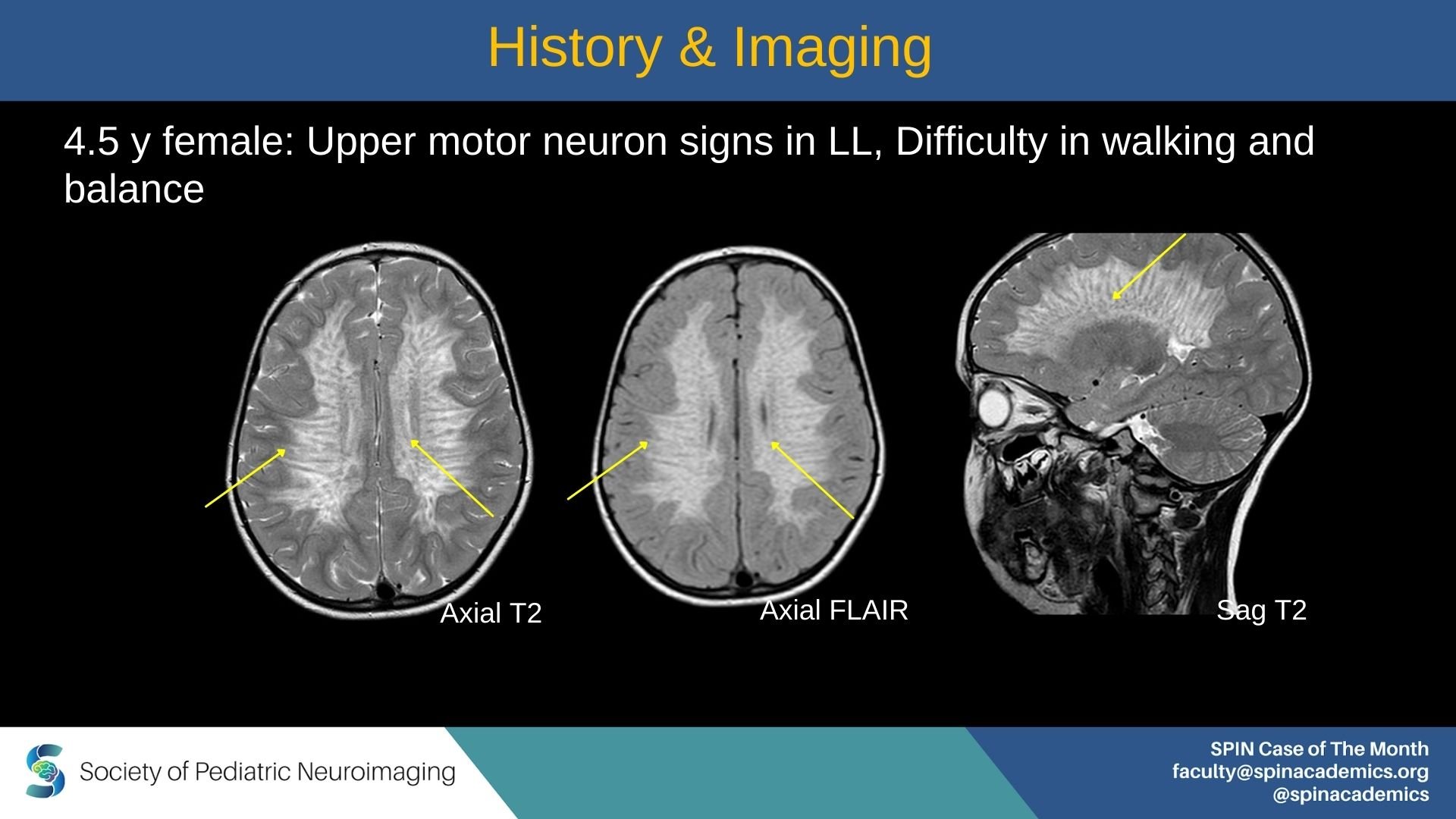
Case of the Month Submission
Case of the Month
Submit your medical case study for a chance to be featured as our Case of the Month. Gain recognition, share knowledge, and contribute to the medical community. Learn more about submission guidelines and get started today.












